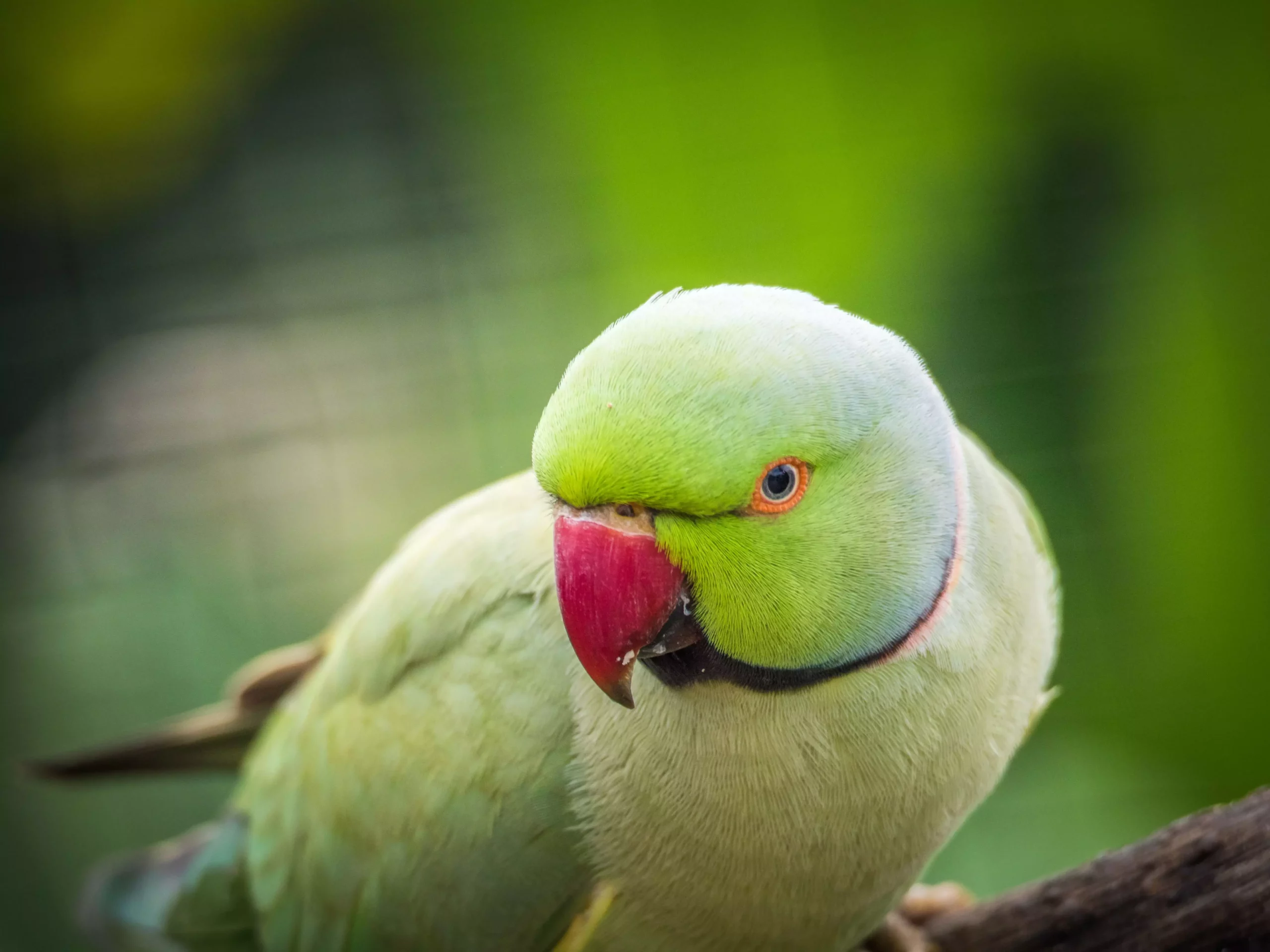Parrots are renowned for their intelligence and vibrant plumage, but many prospective owners often overlook an essential aspect: their vocalizations. Birds such as cockatoos, macaws, and eclectus parrots possess unique vocal traits that can be loud, playful, and at times, overwhelming. This article examines the acoustic personalities of various parrots and provides insights into their behavior, care requirements, and the considerations one must keep in mind when welcoming these avian companions into their homes.
Cockatoos are generally categorized as affectionate and social birds. Their loud, ear-piercing calls serve multiple purposes in the wild, from attracting mates to warning fellow flock members of impending threats. In captivity, they forge deep bonds with their humans, often vocalizing to seek attention. Spanning an average length of 18 inches and weighing between 16 to 26 ounces, these fascinating creatures sport primarily white feathers adorned with inquisitively large crests. Despite their beauty, the intensely loud nature of their calls can become burdensome, highlighting the need for potential owners to assess their tolerance for noise.
Macaws: The Giants of Communication
Standing out among large parrots, macaws can measure up to an impressive 36 inches in length and weigh between 28 to 46 ounces. Their striking colors and social habits render them delightful companions. However, their vocalizations can travel considerable distances, occurring up to 500 miles in the wild as they call to communicate with their flock. In domestic settings, these vocal skills can translate into significant noise, often leading to frustration for owners living in close quarters. Nevertheless, their high intelligence allows them to master various tricks and even learn words, making them engaging pets when their needs for stimulation are met.
Eclectus parrots present a fascinating juxtaposition in the avian world. Generally easygoing, they are less prone to incessant chattering compared to their counterparts. Their colorful plumage varies greatly between sexes: the males showcase a vibrant emerald green, while females display bright reds and blues. With a length of 17 to 20 inches and a weight range of 13 to 19 ounces, these birds can express their dissatisfaction loudly should they feel ignored, showcasing a noteworthy element of their social nature.
Amazons: The Silent Screamers
The Amazon parrot, spanning 15 to 17 inches and weighing 16 to 23 ounces, is often noted for its impressive verbal abilities. However, these birds can produce ear-piercing screams that resonate deeply, often causing discomfort for those nearby. Strategies exist to manage their vocalizations, such as reinforcing quiet behavior with attention and treats, while contrarily avoiding noisy interactions that could amplify their vocal disruptions. Their distinct yellow and red markings further add to their appeal but come with the responsibility of managing their vocal characteristics.
Despite their smaller stature—averaging around 12 inches and weighing 4 to 5 ounces—conures, such as the sun conure, are noted for their exuberant vocal presence. Their cries can reach remarkably loud levels, often causing headaches for those not prepared for their spirited outbursts. However, properly socialized conures display affectionate behaviors and thrive when engaged in mental and physical activities, which can help mitigate their vocal intensity.
African Grey Parrots: The Intelligent Whispers
The African grey parrot is often heralded as one of the most intelligent avian species, with a keen capacity for vocalization. While they aren’t notoriously loud screamers, their tendency to chatter throughout the day can become noticeable, especially in quieter households. These birds, measuring between 9 to 14 inches and weighing 11 to 19 ounces, require continuous engagement to stave off boredom-induced vocalizations. Thus, their caretakers must ensure sufficient stimulation and socialization to maintain their well-being.
Understanding the vocal behaviors of different parrot species is crucial for anyone considering bringing one into their home. Each type of parrot has its unique vocal characteristics, often characterized by loud calls, playful chatter, and the need for social interaction. Prospective owners must engage with these animals in ways that enrich their lives while also considering the implications of their vocalizations on their living environment. Ultimately, those who are well-prepared can enjoy the diverse and colorful vocal experiences that pet parrots can provide.

